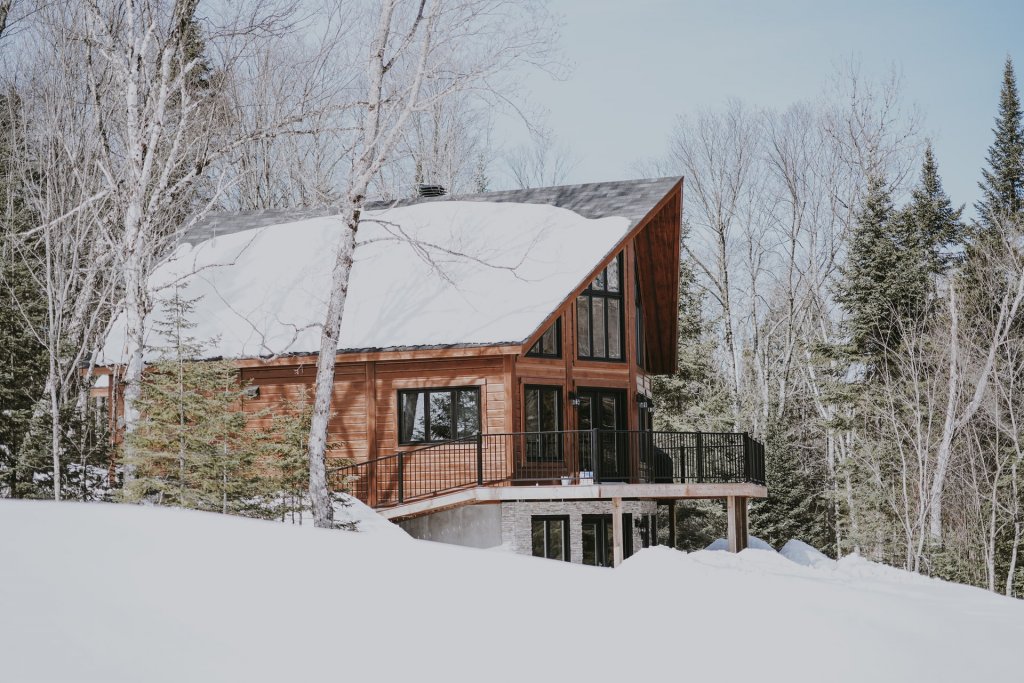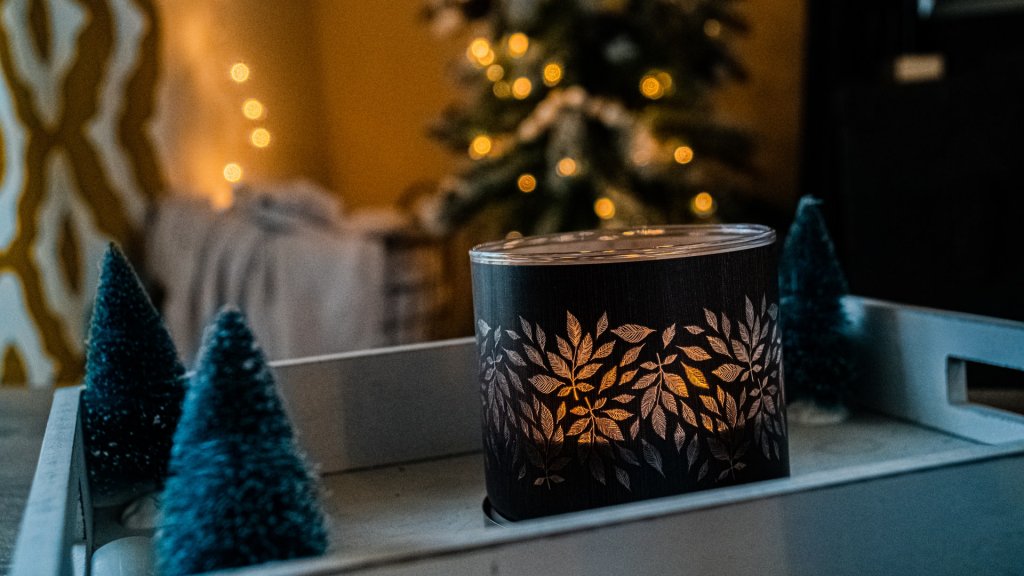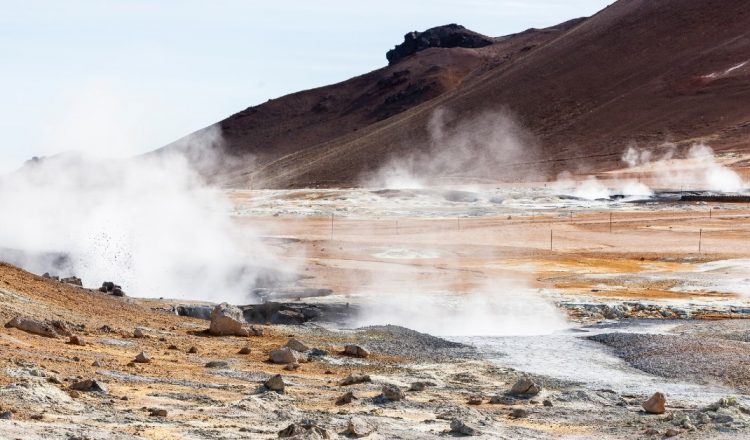Is Geothermal Heating Worth It In Cold Climates?
Have you been considering geothermal heating for your home?
Any homeowner is looking to save money on your heating and cooling throughout the year. With this mind, it’s well worth considering geothermal heating, especially cold climates such as Wisconsin.
Geothermal Heating Overview
In this article, we will discuss what geothermal heating is, how much it can save you per year, and whether it’s a good idea for those living in a cold climate.

What Is Geothermal Energy?
To start, let’s discuss geothermal energy.
Geothermal energy is referring to the energy right of the beneath the surface of the Earth. This energy can also be called temperature or heat and it has been calculated that the earth’s core has a temperature of nearly 10,800 degrees Fahrenheit (°F).
Due to modern advancements in geothermic heating and cooling technologies, it is now feasible for the middle and working-class families of America to harness the heat from just below the surface of the Earth.
How Geothermal Heating and Cooling Works
To have any of this make sense, it is helpful to know that the average temperature just below the surface of the Earth is 55 degrees Fahrenheit (°F), regardless of what the atmospheric conditions are like.
There are many ways to extract the heating and cooling properties from the Earth and bring them into your own home. These systems include the horizontal method, the vertical method, the pond/lake method, the open-loop system, hybrid systems, and the closed-loop system.
One of the most effective and popular solutions to geothermic heating and cooling is through a “Closed Loop” system. This system requires that metal pipes be dug deep into the ground beneath your home.
Once the metal pipes are installed, these pipes will bring water from your home and down below the Earth’s surface for it to be heated or cooled, respectively, dependent on the temperature of the atmospheric conditions.
Can Geothermal Heating and Cooling Save Me Money?
In short, yes!
Geothermal heating and cooling can save the American homeowner quite a bit of money. According to a study conducted by the EPA, homeowners can save an average of $1500 per year on their energy costs. This is based on the fact that these American homeowners are saving 30-70% on heating costs and 20-50% on cooling costs when compared to conventional systems.
While there are significantly huge savings benefits that a person can reap when switching to geothermal heating and cooling systems, one of the best things that switching to geothermal energy can do for you is to reduce your reliance on fossil fuels.
Your investment in geothermal heating and cooling technology for your home will pay for itself within the first 5-10 years post-installation, and the endless renewable heat from the Earth’s core will keep your home warm and cool for much longer than that.
Read More: Heating and Cooling Guide

Is Geothermal Heating Worth It If I Live In A Cold Climate?
As stated before, the average temperature just below the surface of the Earth is 55 degrees Fahrenheit (°F). So when the temperature outside of your home drops to -10 degrees Fahrenheit in the dead of winter, your home will be continuously heated by the Earth’s core through the closed-loop system as stated above.
Also, if you remember the statistic that American homeowners are saving about 30-70% on heating costs since you’re in a cold climate, you’ll be able to reap the most rewards from your geothermic heating and cooling system than someone who is from a warm climate. So in short, a geothermic heating and cooling system is optimal for someone who is living in a cold climate.
Geothermal and Radiant Heating
One thing you may want to consider when investing in a geothermic heating and cooling system for your home is to have radiant floor heating installed as well. Radiant heat offers an average savings of 15% for homeowners and can utilize that water that you’ve warmed to warm the floors of your home as well as the air.
If you would like to learn more about how this process works, feel free to read more about it in our blog article about the pros and cons of radiant floor heating.

Choosing An Experienced Geothermal Installer
When it comes to getting geothermal installed, choosing an installer who has years of experience is essential to ensure it will last. The best way to find a good geothermal installer is to make sure they are certified and trained in geothermal design and installation.
Questions to Ask Your Geothermal Installer:
- Are they experienced in geothermal heating?
- Are they licensed, bonded, and insured?
- Are they certified in the required calculations to determine the best system size?
Once you have answers to these questions, you can confidently decide to work with a particular geothermal installer.
Related: 10 Things to Check Before Calling an HVAC Technician
Conclusion
In conclusion, if you are looking to stay in your home for more than 5-10 years, a geothermal heating and cooling system is going to be one of the best things that you can do for your home investment.
Not only will it save you a significant amount of money per year, but it will also help you make your home more self-reliant.
Geothermal Heating and Cooling FAQs
Geothermal heating involves using the heat energy just feet below the earth’s surface and changing it over to warm air through the use of geothermal heat pumps (GHPs). Highly efficient for heating and cooling a home, geothermal heating run on a small amount of electricity, not natural gas.
The process of geothermal heating involves the cycle of drawing heat from the air in your home and transferring it over to the ground. During the bitter cold months of the year, heat is transferred over from the ground and to your home.
On average, you can expect to pay around $12,000 and $30,000 for your geothermal heating and cooling. For an exact approximate cost for your geothermal heating system, you’ll want to check with your local professional installer.
While geothermal energy provides a strong advantage over its alternatives, there is still a downside. Specifically, geothermal heating still requires electricity to function, so you’ll still be dependent on your utility company.
Geothermal energy is ideal for very cold regions. This is because the subsurface temperature rarely changes – no matter the extreme weather conditions that are outside a residence.
Contact Modern HVAC
If you are interested in learning more about radiant heating, contact our professionals today. We are available the Fox Cities – serving the cities and towns of Appleton, Neenah, Menasha, Kimberly, Little Chute, Kaukauna, Greenville, Hortonville, and Darboy.
Ready to get started with geothermal energy? Contact our heating and cooling company today!
Further Reading:
- 4 Reasons Why Your Furnace Is Short Cycling
- How Weather Affects Your HVAC System
- How Big Should My HVAC System Be?
- How Often Should You Change Your HVAC Filters?
- Choosing the Best Heat Distribution System for Your Home
- HVAC Maintenance Tips for Pet Owners
- The Differences Between a Heat Pump and Central A/C

